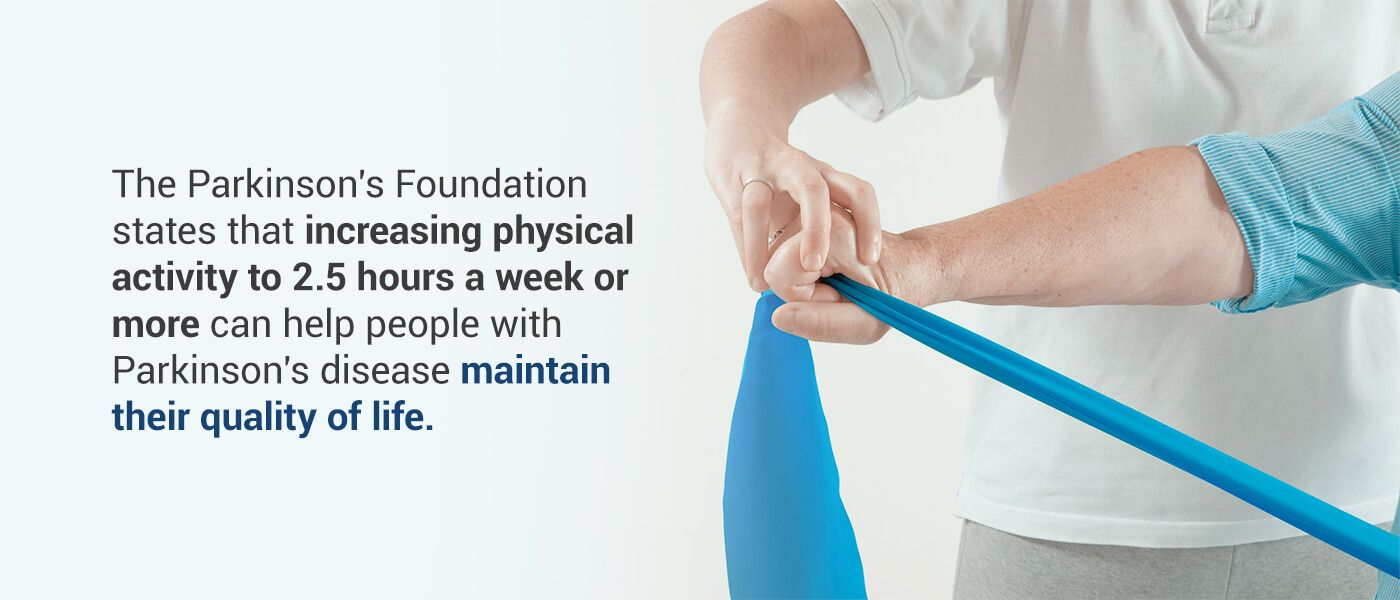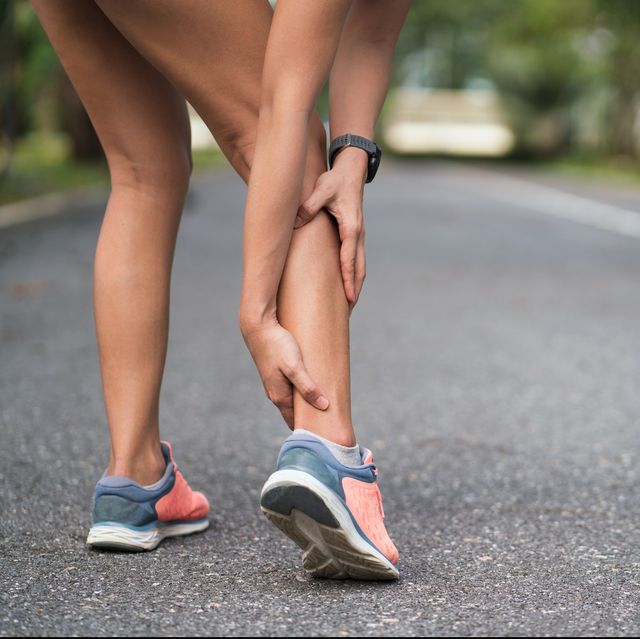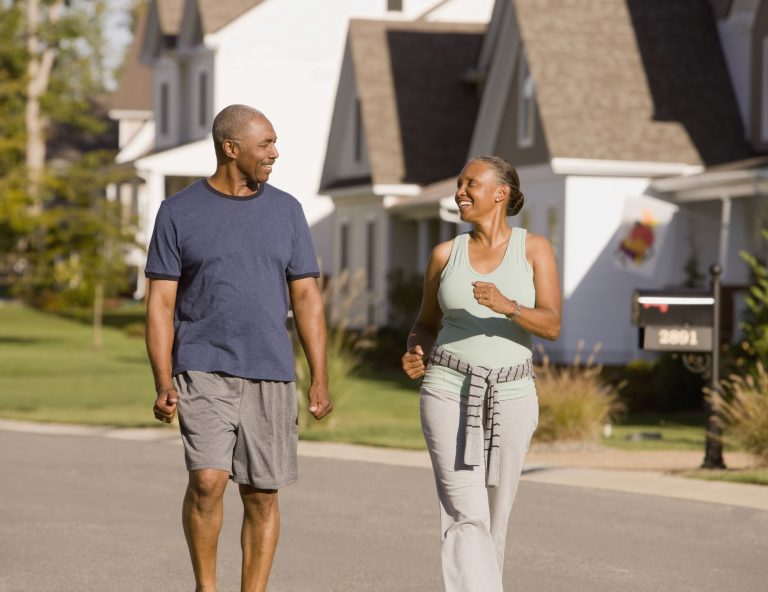Improve Walking With Parkinson’s Disease: Effective Strategies and Tips
Improve walking with Parkinson’s disease by incorporating regular exercise and physical therapy sessions. These methods can help enhance mobility and balance, reducing the impact of symptoms on daily life.
Parkinson’s disease is a progressive neurological disorder that can affect a person’s ability to walk and move efficiently. By focusing on targeted exercises and therapy, individuals can improve their gait, posture, and overall quality of movement. This integrated approach aims to maintain functional abilities and independence for as long as possible.
With consistency and dedication to these strategies, individuals with Parkinson’s disease can experience significant improvements in their walking ability and overall well-being.

Credit: www.researchgate.net
1. Importance Of Exercise
Exercise plays a crucial role in improving walking abilities for individuals with Parkinson’s Disease, aiding in balance, coordination, and overall mobility. Regular physical activity can help manage symptoms and enhance quality of life.
Regular exercise plays a crucial role in managing Parkinson’s disease and maintaining overall well-being. It can help alleviate symptoms, improve mobility and balance, and enhance the quality of life for those living with this condition.
1.1 Benefits Of Exercise For Parkinson’s Patients
Exercise offers numerous benefits to individuals with Parkinson’s disease, helping them combat the challenges posed by this neurological disorder. Some of the key advantages include:
- Increased physical strength and flexibility, which can enhance mobility and prevent joint stiffness.
- Improved balance and coordination, reducing the risk of falls and related injuries.
- Enhanced cardiovascular fitness, benefiting overall heart health.
- Reduced muscle rigidity and tremors, leading to better control of movements.
- Boosted mood and mental well-being through the release of endorphins.
- Decreased anxiety and depression commonly associated with Parkinson’s disease.
- Improved cognitive function, including attention span, memory, and problem-solving abilities.
- Potential neuroprotective effects, as studies suggest that exercise may slow disease progression.
1.2 Role Of Walking In Managing Parkinson’s Disease
Walking is a particularly beneficial form of exercise for individuals with Parkinson’s disease due to its low impact nature and simplicity. It can help alleviate symptoms and improve overall mobility. Here are some reasons why walking is essential in managing Parkinson’s disease:
- Increases blood flow to the brain, promoting cognitive function and potentially slowing disease progression.
- Enhances cardiovascular fitness, reducing the risk of heart-related complications.
- Improves muscle strength and coordination, increasing balance and reducing the risk of falls.
- Allows for social interaction and engagement, combating feelings of isolation and loneliness.
- Provides a structured and goal-oriented activity that can boost motivation and adherence to an exercise routine.
- Can be adjusted to individual abilities and preferences, making it accessible for individuals of varying fitness levels.
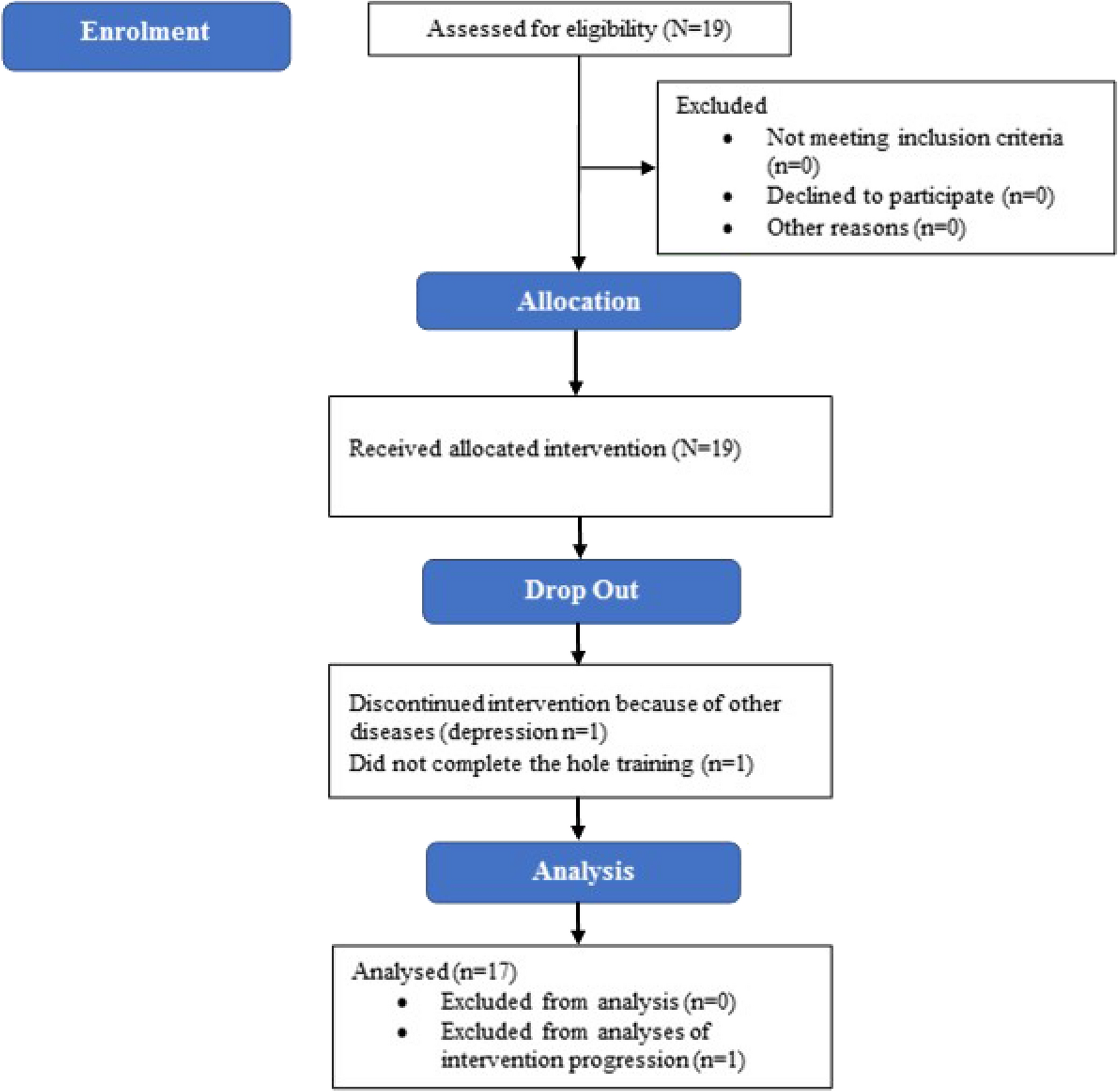
Credit: www.nature.com
2. Walking Techniques To Improve Mobility
Parkinson’s Disease can affect mobility and make walking challenging. However, certain techniques can help improve mobility and make walking easier for individuals with Parkinson’s. Here are some effective walking techniques:
Maintaining Proper Posture
- Stand Tall
- Keep head up
- Align your spine
Using Assistive Devices
- Canes or walkers
- Rolling walker with seat
- Consider a mobility scooter
Practicing Big Steps And Arm Swings
- Take wide steps
- Swing arms while walking
- More movement helps
Working On Balance And Coordination
- Practice balancing exercises
- Improve coordination
- Core strengthening exercises crucial
3. Incorporating Regular Physical Therapy
3. Incorporating Regular Physical Therapy
3.1 Importance Of Working With A Physical Therapist
“` Regular physical therapy is crucial for individuals with Parkinson’s disease as it can help them maintain and improve their mobility, balance, and overall quality of life. Physical therapists play a key role in creating tailored exercise programs to address the specific needs and challenges faced by Parkinson’s patients. “`html3.2 Exercises And Techniques Used In Physical Therapy
“` Physical therapists use a variety of exercises and techniques to address the motor symptoms of Parkinson’s disease. These may include balance exercises, gait training, strength training, and stretching. Additionally, therapists often incorporate techniques such as mental imagery, cueing, and rhythmic auditory stimulation to enhance movement and functionality. “`html3.3 Creating An At-home Exercise Routine
“` It’s important for individuals with Parkinson’s disease to maintain their progress between physical therapy sessions by implementing an at-home exercise routine. This routine should be designed in collaboration with their physical therapist and may include activities such as walking, biking, yoga, or tai chi. Regularly engaging in these exercises can help in improving mobility, flexibility, and overall functional abilities. In summary, regular physical therapy, including working with a physical therapist, participating in tailored exercises, and incorporating at-home routines, plays a vital role in improving the walking abilities of individuals living with Parkinson’s disease.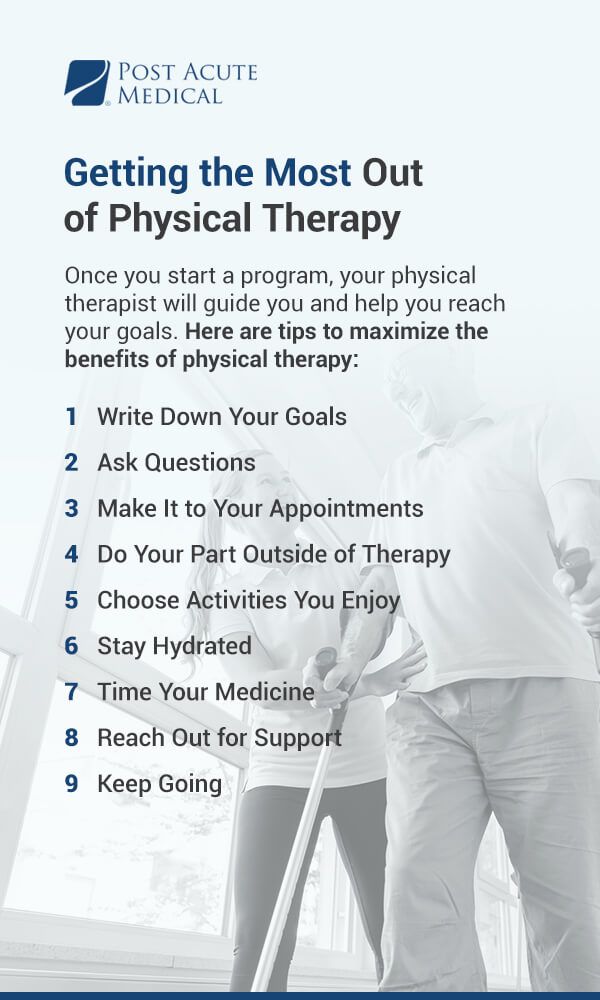
Credit: pamhealth.com
4. Additional Tips And Strategies
Managing Parkinson’s disease can be challenging, but incorporating additional tips and strategies into your daily routine can greatly improve your walking ability. By managing medication and timing, maintaining a consistent exercise routine, engaging in activities that encourage movement, and seeking support from exercise groups, you can enhance your mobility and overall quality of life. Let’s explore each strategy in detail:
4.1 Managing Medication And Timing
Properly managing your medication and timing is crucial for individuals with Parkinson’s disease. Medications prescribed to manage the symptoms of Parkinson’s can have a significant impact on your ability to walk. Keep the following tips in mind:
- Follow your healthcare provider’s instructions for medication dosage and timing.
- Set reminders to ensure you take your medication at the prescribed times.
- Pay attention to the medication’s effectiveness and discuss any concerns or adjustments with your healthcare provider.
- Note any potential side effects that may affect your walking and communicate them to your healthcare provider.
4.2 Maintaining A Consistent Exercise Routine
Regular exercise is essential for managing the symptoms of Parkinson’s disease, including walking difficulties. Consider the following tips to create and maintain an exercise routine:
- Consult with a physical therapist or exercise specialist to develop a personalized exercise plan tailored to your abilities and goals.
- Incorporate a variety of exercises into your routine, including aerobic exercises, strength training, flexibility exercises, and balance exercises.
- Set realistic goals and gradually increase the intensity and duration of your workouts over time.
- Find activities that you enjoy to make staying active more enjoyable and sustainable.
4.3 Engaging In Activities That Encourage Movement
Engaging in activities that encourage movement can help improve walking ability and overall mobility. Consider the following strategies:
- Participate in activities that require walking, such as gardening, walking your pet, or going for regular walks in the neighborhood.
- Practice balance exercises, such as yoga or tai chi, to enhance stability and posture.
- Use assistive devices, such as canes or walkers, as needed to support your walking and provide stability.
- Explore activities that promote coordination and mobility, such as dancing or swimming.
4.4 Seeking Support And Joining Exercise Groups
Seeking support from exercise groups and connecting with others who are dealing with Parkinson’s disease can provide motivation, guidance, and a sense of community. Consider the following steps:
- Join local Parkinson’s disease support groups or exercise classes specifically designed for individuals with Parkinson’s.
- Connect with others online through forums, social media groups, or virtual exercise sessions.
- Share your experiences, challenges, and successes with others who understand your journey.
- Participate in group exercises or activities that cater to Parkinson’s disease, where you can learn from others and boost your confidence in a supportive environment.
Frequently Asked Questions For Improve Walking With Parkinson’s Disease
How Can I Help My Parkinson’s Walk Better?
Encourage regular physical activity and exercise to improve balance and coordination in Parkinson’s patients. Seek guidance from a physical therapist for personalized strategies to enhance walking.
Does Carbidopa Levodopa Help With Walking?
Yes, carbidopa levodopa can help with walking by improving muscle control and reducing stiffness.
What Worsens Parkinson’s Disease?
Factors that worsen Parkinson’s disease include stress, illness, lack of sleep, and certain medications. Inactivity and poor nutrition can also exacerbate symptoms.
How Long Does It Take To Go From Stage 1 To Stage 4 Parkinson’s?
The time to progress from Stage 1 to Stage 4 Parkinson’s varies for each individual due to various factors.
Conclusion
Improving walking with Parkinson’s Disease is achievable through consistent exercise and therapy. Keep moving, stay positive, and seek support from healthcare professionals. Remember, small steps make a big difference in managing symptoms and enhancing quality of life. Embrace the journey towards better mobility and well-being.

